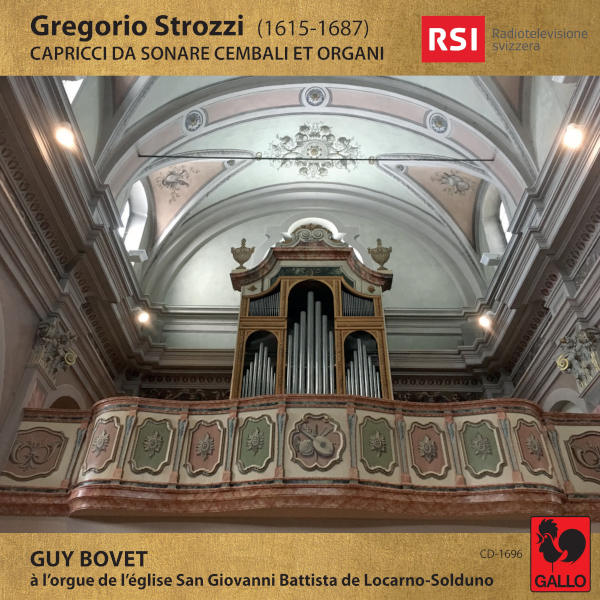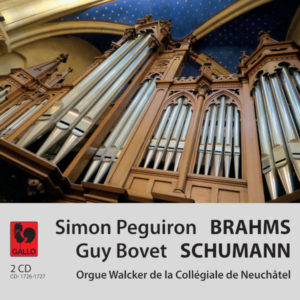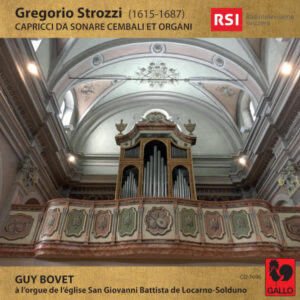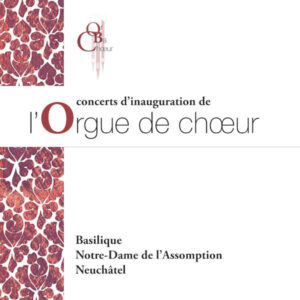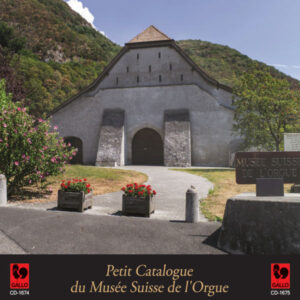Extraits / Excerpts
Gregorio Strozzi: Capricci da sonare cembali et organi, Op. 4 - Guy Bovet
Gregorio STROZZI: Capricci da sonare cembali et organi, Op. 4
Gregorio STROZZI: Capricci da sonare cembali et organi, Op. 4: Toccata prima per cembali & organi, con pedarole, e senza – Gagliarda prima – Gagliarda seconda – Ricercata terza, del nono tono naturale, con due soggetti – Mascara sonata, e ballata da più Cavalieri Napolitani, nel Regio Palazzo – Sonata seconda del settimo tono naturale – Toccata quarta per l’elevazione – Corrente quinta – Balletto primo – Corrente sesta – Balletto secondo – Corrente settima, e per Organetti, o Flauti – Balletto primo da capo – Euphonia, Aria con partite – Capriccio secondo del settimo tono naturale – Corrente prima (Correnti a 4) – Corrente terza – Gagliarda terza, e per concerto de viole – Toccata terza.
Guy Bovet at the organ of the San Giovanni Battista church in Locarno-Solduno.
Gregorio Strozzi was born in the early years of the 17th century and died 1687 in Naples. He studied there under G.M. Sabino and became in 1734 his successor as music professor. He was also a priest and called himself a doctor of both disciplines of law and apostolic protonotary.
He composed much religious vocal music, amongst which a Passion and a Christmas service, as well as a didactic book for beginning musicians. His most important work is however his collection of Capricci da sonare Cembali et Organi, which includes the works recorded in this CD. In this collection, one finds not only Capricci, but also Ricercari, sonatas, toccatas, dances, a diminished madrigal and three variation works on the Romanesca, on a theme called Eufonia and a Passacaglia.
Strozzi is one of the last Italians writing their music in score, which was at that time old-fashioned. The result is an occasional clumsiness, both concerning ordinary rules of composition, as well as passages with a voice leading unplayable on a keyboard. The result is often an impression of a dilettante composer, but this is always balanced by a strong originality, daring harmonies and characteristic motives, which make his music always interesting and engaging.
The organ at San Giovanni Battista church in Solduno
The organ of Solduno (near Locarno) was built 1712 by Giovanni Battista Reina for the Collegiate Church of this city. The Echo manual (some rare examples are mentioned in the literature, but none of them survived) was ordered two years after the building of the main organ and finished in 1717. About hundred years later, the instrument was moved to its present situation.
Some modifications were made at that occasion by Gaspare Chiesa, and the 2018 restoration by the Colzani shop returned the instrument with its Echo division to the original state.
- Categories
- Composers
- Interprets
- Booklet
